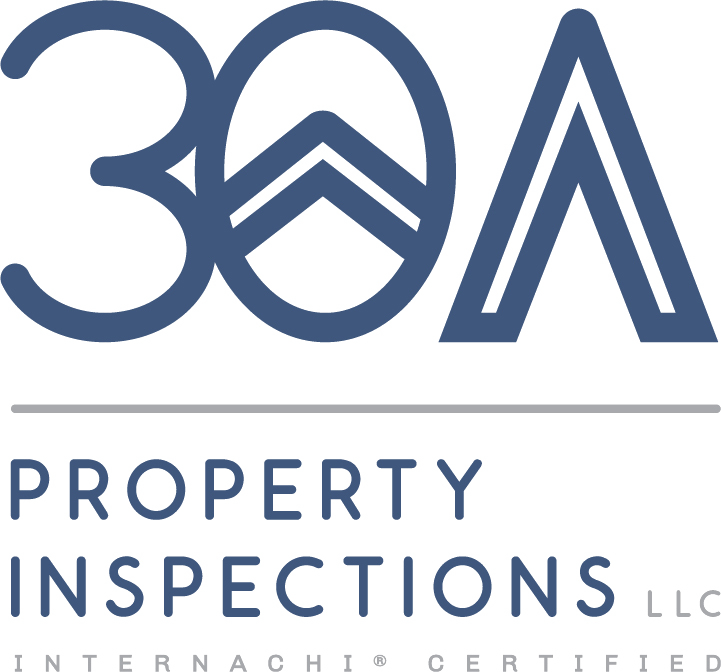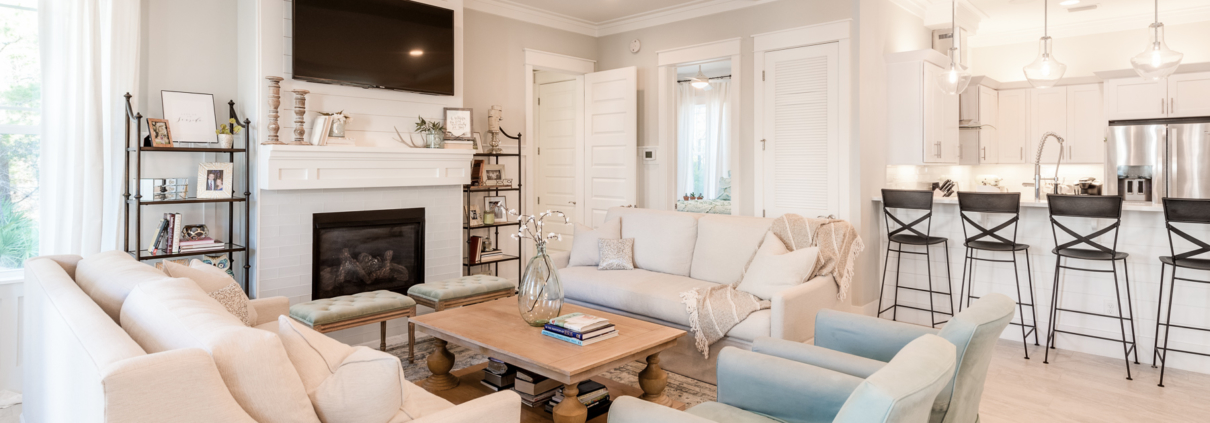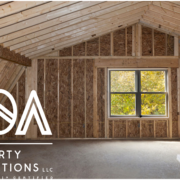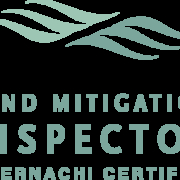Sellers – How to Prepare for a Home Inspection
The purpose of a home inspection is to observe and report the overall condition of the property at the time of the inspection and to ensure that its major systems and components (water heater, heating and cooling, plumbing, electrical, etc.) are installed correctly and working properly. While some items identified during the course of a home inspection might seem like minor items individually, collectively they could cause concerns for prospective buyers. If sellers know what to look for, they can resolve many minor items before the buyer’s home inspection.
Below is our checklist of items often found during the course of a home inspection. Completing simple repairs before the buyer’s home inspection can help ensure that escrow progresses smoothly.
OUTSIDE
- Check that doorbells work.
- Check for missing or damaged roof shingles.
- Check for loose/damaged/clogged gutters and downspouts.
- Check to see if there is standing water, especially near the foundation, after irrigation or rainfall.
- Check entire structure for pests (termites, wasps, spiders, nests, etc.).
- Check exterior weatherproofing (siding, paint, etc.).
- Check for loose wiring (electric, cable, phone) and poor wire terminations.
- Check that any exterior outlets are weatherproofed and not in permanent use for any landscape lighting.
- Check condition of landscape components (retaining walls, landscaper timbers, etc.).
- Check for overgrown vegetation, especially in walkways; growing on siding, roof, chimney, fences, or in gutters.
- Check for trip hazards in walkways, driveways, and stairways (deterioration, vegetation, etc.)
- Check condition of fences or gates (leaning, damaged).
- Check for loose, missing, or rusted guardrails and handrails at stairways, decks, balconies, and porches.
- Check that landscape lighting/irrigation systems work, and that sprinklers don’t spray on fences or buildings.
INSIDE
- Check condition of towel holders and tissue holders.
- Check condition of bathtubs, showers, and shower doors.
- Check that smoke alarms work, and that they are present on each floor of multi-story houses.
- Check for loose kitchen and bathroom countertops.
- Check ease of operation for doors (including closet doors and cabinet doors), drawers, and windows, including windows nailed or painted shut.
- Check for missing, loose, or damaged hardware on doors (including closet doors and cabinet doors), drawers (stops and guides), and windows.
- Check that latches/locks work on doors (including closet doors and cabinet doors), drawers, and windows.
- Check for loose glass panes in windows and doors, as well as glass with holes or cracks in them.
- Check for damage to window screens.
- Remove excessive storage (closets, attic, garage).
- Check for damage to walls and ceilings that need to be patched and painted.
- Check for moisture stains on ceilings and walls; around doors and windows; near sinks, toilets, bathtubs, and showers; and near the dishwasher.
- Check for loose, missing, or damaged guardrails and handrails in stairways.
- Check for loose, broken or missing baseboards and door and window moldings.
- Check for cracked tiles or deteriorated grouting in kitchen and bathrooms.
- Check that kitchen appliances work.
- Check that an anti-tip device is installed on the range.
PLUMBING
- Check that stoppers work in bathtubs and sinks.
- Check for clogged drains.
- Check that toilet seat bolts and screws are tight.
- Check that faucets don’t drip or leak around the base.
- Check condition of caulk/grout in bathtubs/showers.
- Check for safe and easy access to any water shutoff valves (street curb, exterior, water heater, sinks, toilets, washer, etc.).
- Check for safe and easy access to any gas shutoff valves (meter, furnace, water heater, etc.).
- Check for loose toilets and loose toilet tanks.
ELECTRICAL
- Check for safe and easy access to electric panels and main circuit breaker.
- Check that ceiling fans work on all speeds.
- Check for burned out light bulbs and replace as necessary.
- Check for damaged or loose outlets and light switches, including covers for outlets and switches.
- Check that all outlets work.
- Check for outdated two-prong outlets and upgrade them to three-prong outlets.
- Check for properly working GFCI outlets in kitchen, bathrooms, garage, and exterior.
- Check that exhaust fans work in kitchen, bathrooms, and laundry area.
- Check that any electrical junction boxes have covers.
MISCELLANEOUS
- Check that filters are clean (heating and cooling, kitchen range hood, bathroom exhaust fans, etc.)
- Check that dogs or cats are secured or vacationing for a few hours with a family member or friend.
- Certain items should be inspected annually due to their inherently dangerous nature. These include gas-using appliances, pool and spa equipment and utilities, roof, and the fireplace and chimney. If they have not been inspected within the last 12 months, inspecting them now can make escrow go more smoothly.
- Check that the fireplace damper opens/closes easily.
- Check for soot, cobwebs, and wildlife in the fireplace and lower areas of the chimney.
- The Chimney Safety Institute of America (CSIA) recommends that the fireplace and chimney undergo a Level II inspection any time real estate ownership is transferred, and I recommend having that done prior to the buyer’s inspection.
- Check for manufacturer installation instructions, operating instructions, or user guides that you can provide to the buyer, especially for kitchen appliances; heating and cooling system; water heater; security, irrigation, fire suppression, central cleaning, and water modification systems; water well; and septic system.
- Check for receipts and warranty papers for any work done on the property, particularly for inspections and work done to prepare the property for sale.






